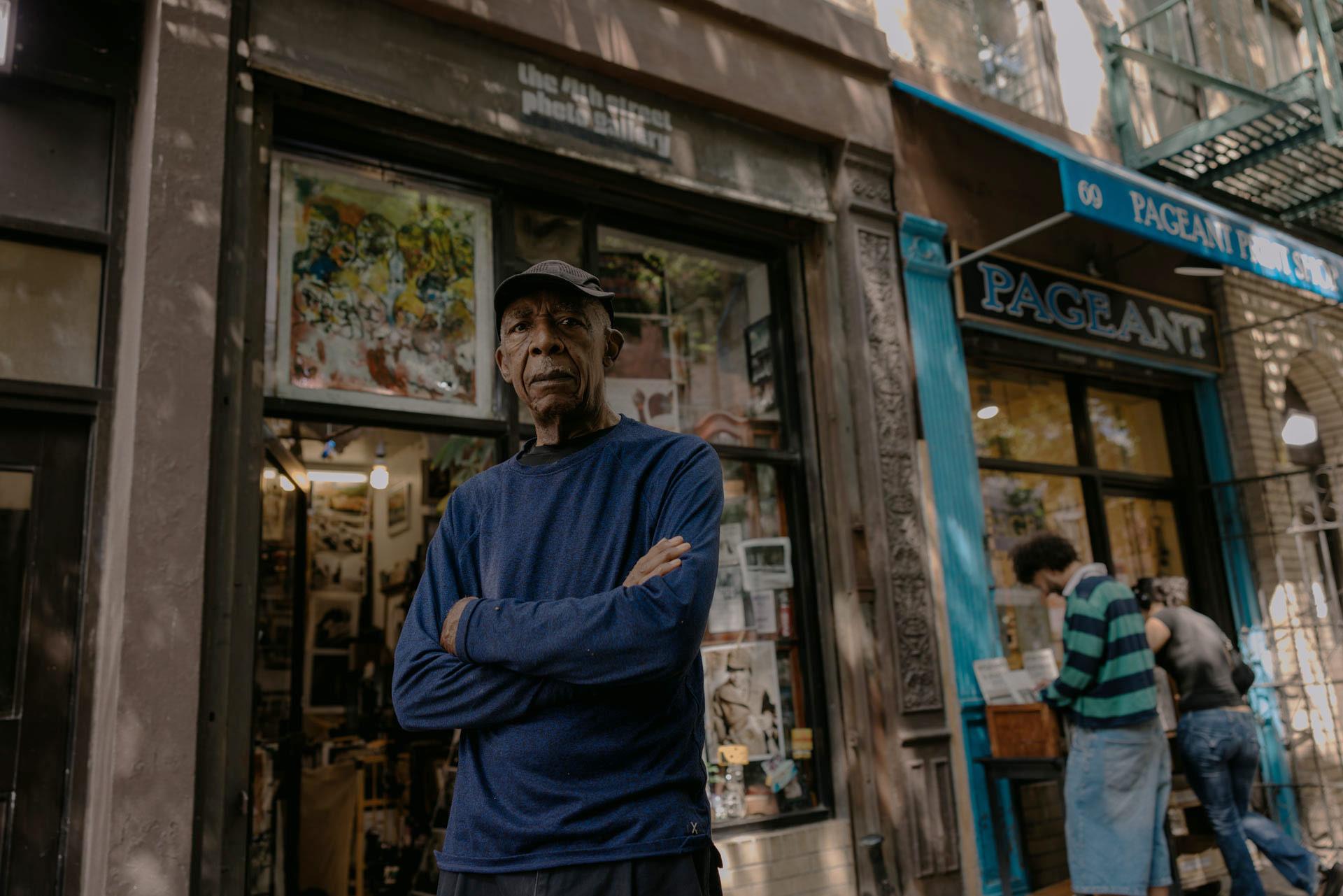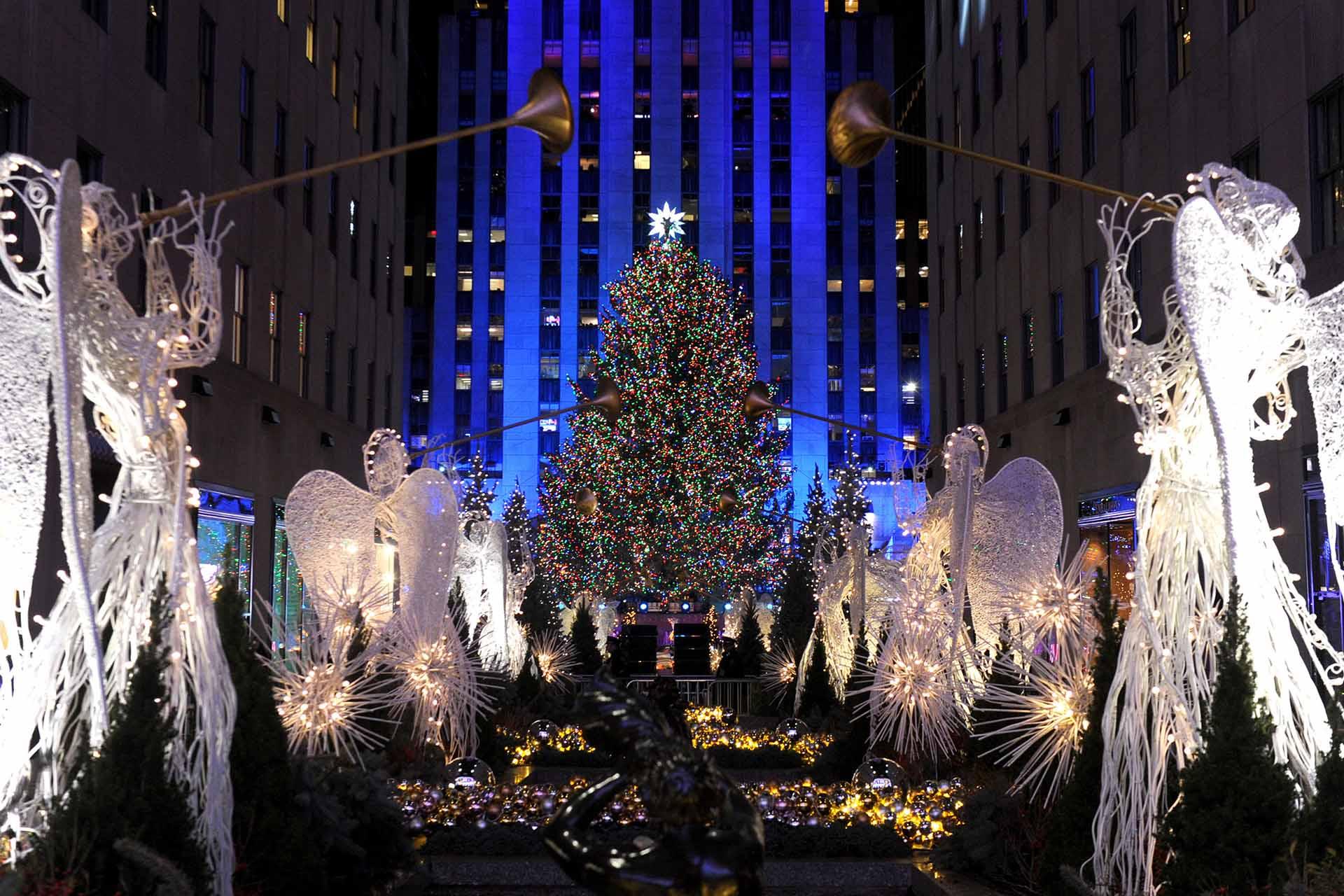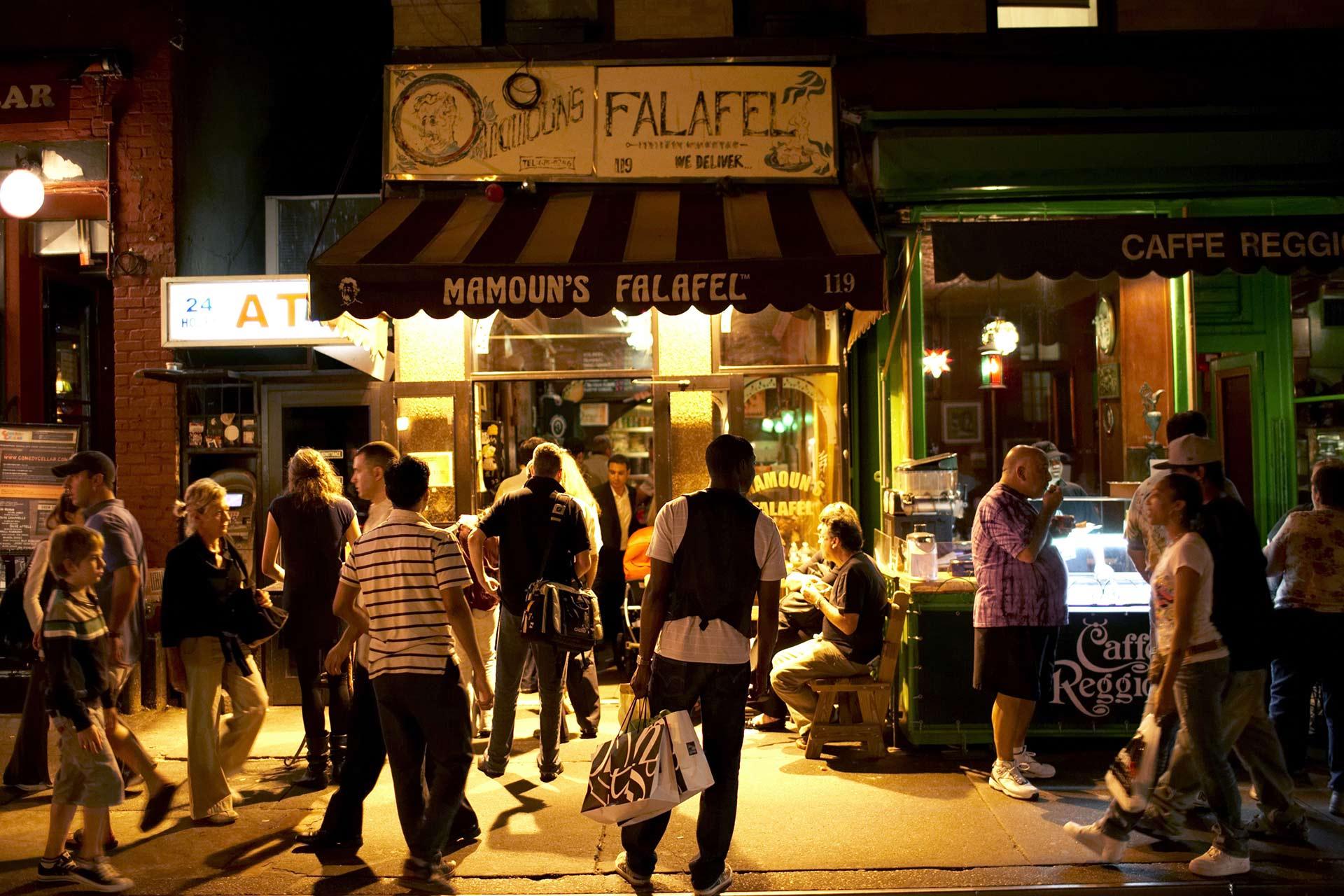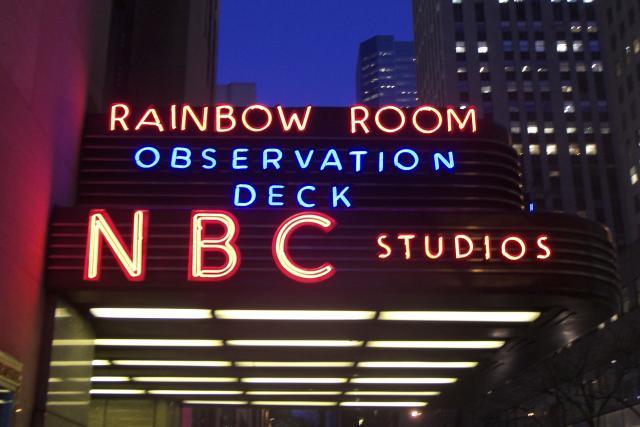Photographer Matthew Papa’s work is very autobiographical, so it’s not surprising he chose to chronicle Pride at his Long Island City apartment with a photo shoot that doubled as a backyard barbecue. “It didn’t get as crazy as I hoped it would,” he says with a laugh.
Papa also submitted photos he took more than two decades ago at the 1993 March on Washington and the 1994 New York City Pride March, as well as a personal essay. “I’m a book designer,” he says. “I still think in print, in terms of books. Two pages working together…trying to tell a story.”
Below, Papa discusses his journey as a photographer and where he thinks Pride is today.
When did you start getting into photography?
Matthew Papa: Oh, I was really young. I used some babysitting money to buy my first camera, a Minolta XG-1. That was, like, 1980. I’d shoot my family and friends—when I got older I’d start throwing parties and turn them into photoshoots.

When did you first come to New York?
MP: I moved to NYC in 1993, and after working in book publishing I went to design school, where they encouraged us to take our own photos. At first I didn’t have a clear voice on what I wanted to say. But I took some continuing education classes at the International Center of Photography and eventually got an MFA there.
How would you describe your photos today?
MP: I use myself in my work a lot. Asking questions like, what does being HIV positive mean? What does reaching an age I never thought I’d live to see mean? While taking these photos, I started unpacking what and who I was in a very personal way.

Is that what inspired your Pride photo series?
MP: Yeah, I specifically wanted to have it at my house. I thought a lot about what’s particular to me and my experience—it’s partying with my friends and with props. During the first dot-com boom, I worked for a gay financial services company and went to, like, 20 Prides in one summer. I felt like I had done the big parade thing already. So we had a backyard party at my place, with a barbecue and my secret cocktail, the Garden Rambler—tequila, chartreuse and a mix of herbs and lime. You can kind of see the story unfold as people drink more!


Who did you invite to the party?
MP: My community of friends is really mixed—some are gay, some are straight, older, younger. I wanted to find common ground for all of them in the community I’ve cultivated over 26 years. It started at 2pm and people stayed till about 11:30pm. I think we had about 20 to 25 people in all.





Did you work to arrange certain shots or take more candid portraits?
MP: They’re pretty candid—though for some, I took people outside to shoot under the 7 train to give it a sense of place. I had thought about setting up a corner at the party for formal portraits but decided not to. I guess overall these images are more documentarian than my normal work, which is usually fairly constructed.


You appear in some of the photos, posing and looking pretty hunky.
MP: Oh, the flexing picture? [Laughs.] People have expectations about what you’re supposed to be like in your fifties, and I like to defy that. And the HIV connection I can’t deny either. It’s about putting to rest the subconscious fear that I was going to die young. Or that having HIV is about death and decay. It’s not.

Why did you want to juxtapose your party photos with the archival photos?
MP: I felt like the photos from the party weren’t the complete picture. In the archival ones, there are some from the 1993 March on Washington and a couple from the 1994 New York Pride March, which was the 25th anniversary of Stonewall. I’ve been out since I was 17 [but] the 1993 March on Washington was my first big gay event. It was surreal.


Do you think Pride has changed a lot?
MP: I titled this series Look at Where We Are, which is actually a reference to a Hot Chip song. But it’s also a reference to the LGBTQ community—and to me, I guess. I’m 52, just two years older than Stonewall. I wanted to say, sort of, Look at how much we’ve accomplished. But also be mindful of where we are.

What’s biggest difference between Pride then and now?
MP: There’s a normalization of gay culture that’s happened so fast, and people don’t realize it. The rapidity of change is something I wanted to reflect on—and also remind people that progress isn’t linear.

Find more Pride Diaries here.






